|
Here in DC, it's hard to avoid thinking obsessively about the demoralizing news from eastern Europe. Yet the skies cleared recently, enough for an hour or two of late-night escapism. A few nights ago, I slipped out with the Takahashi. Transparency was really good but seeing was far worse than average, and since it was well below freezing I didn't want to stay out for long. Still, the FC-100DZ performs so well in poor seeing that I still managed to have a nice view of the waning Moon from my new backyard. Conditions were similar last night, with good transparency and poor seeing. By 10 PM the Moon was only just beginning to rise, which means that the sky was still quite dark. The Big Dipper was climbing towards zenith, and that gave me a chance to image Bode's Galaxy - M81 - with the EVScope 2. I tried imaging M81 with the EVScope 1 on several occasions last year. I have a particular fascination for barred spiral galaxies like M81, which at 12 million light years away is a little smaller than our galaxy. I'm not sure where that comes from exactly, though the shape is certainly aesthetically pleasing. As a kid, I vividly remember admiring a picture of a barred spiral - was it NGC 1300? - that really captured my imagination. Then I found out, when I was a little older, that our own Milky Way was actually a barred spiral, not the conventional spiral it's usually portrayed to be. That was a fun little eye-opener for me. In any case, observing Bode's Galaxy with the EVScope 1 was a disappointment for me. The galactic nucleus is bright enough, but the spiral arms are subtle and easily lost in the downtown DC light pollution. I never got much more than a blurry circle. The EVScope 2 allows me to take longer exposures, however, and that plus its higher resolution made me hopeful of a better outcome last night. And indeed, this is far better than anything I managed with the EVScope 1. To capture this 26-minute exposure from my backyard in downtown DC, after just a few seconds of setup time, seemed borderline miraculous to me. This time, I also peered through the new and improved eyepiece of the EVScope 2. What a huge improvement! Looking through the eyepiece of the original EVScope was like looking down through a barrel at a tiny, pixelated square. But the eyepiece of the EVScope 2 feels like . . . well, a proper eyepiece. The view is circular, it feels close, and it's noticeably higher resolution. In fact, it looks more impressive than the image above. The gallery above shows the difference between unprocessed 9-minute, 18-minute, and 26-minute exposures. The difference is subtle, but it adds up. Note the relative lack of a diffuse glow around the galaxy. With the EVScope 1, that glow used to creep into my exposures after a few minutes, as a result of light pollution here in DC. That's one reason that my views were so much better out of the city. The EVScope is much better at filtering out light pollution, which makes it a far more capable telescope for deep space observing in the city.
When I ranked the telescopes I'd owned last September, the EVScope 1 came it at number 7. I'd rank the EVScope 2 a good deal higher - definitely in the top five, maybe even the top three. It's that good.
0 Comments
Leave a Reply. |
Archives
March 2024
Categories
All
|

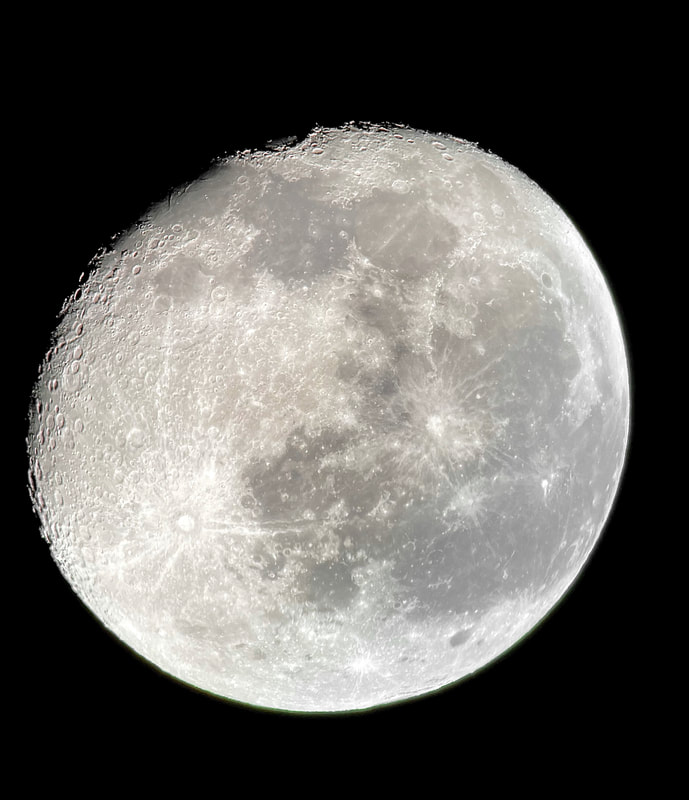
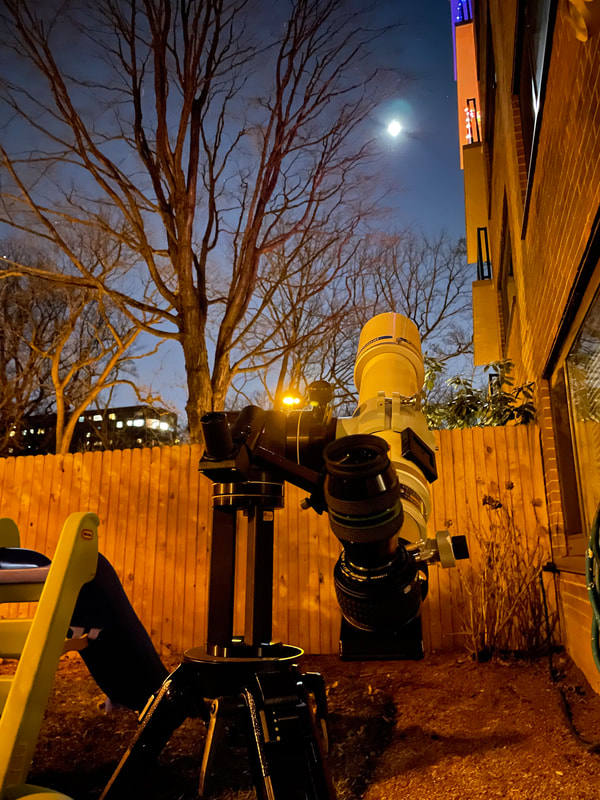
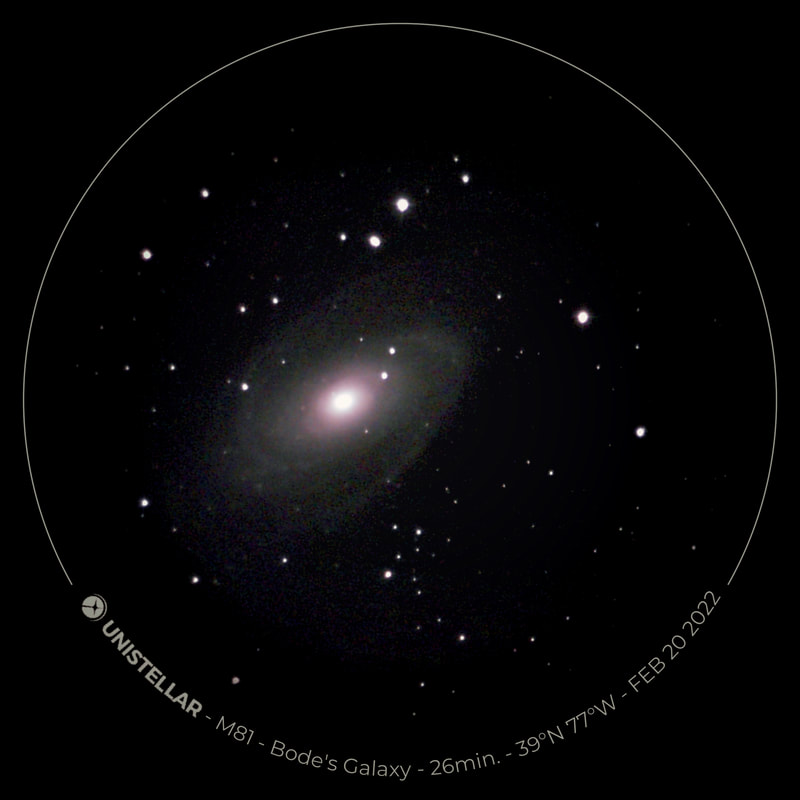
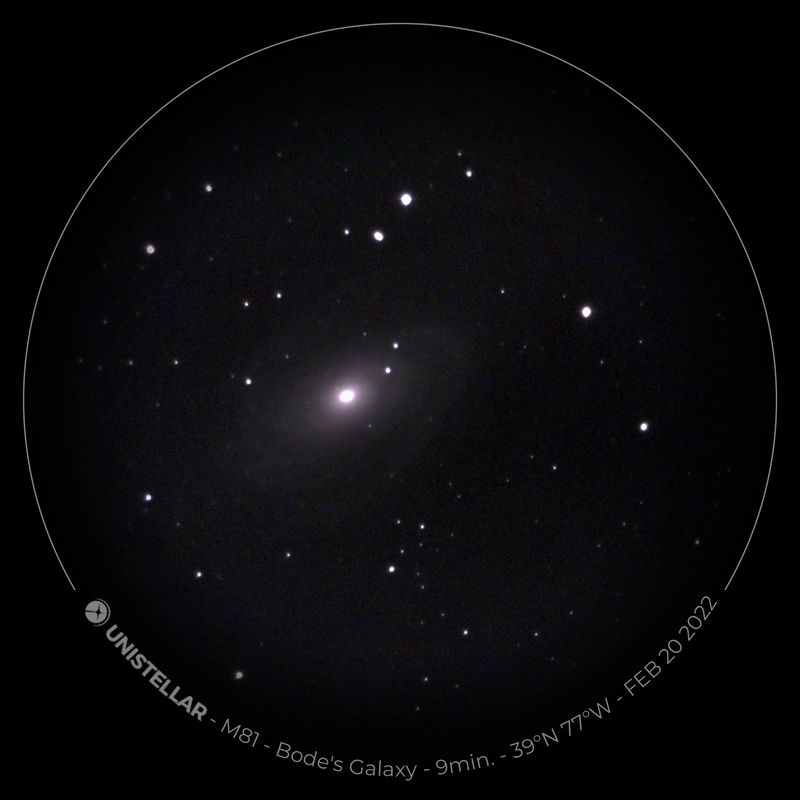
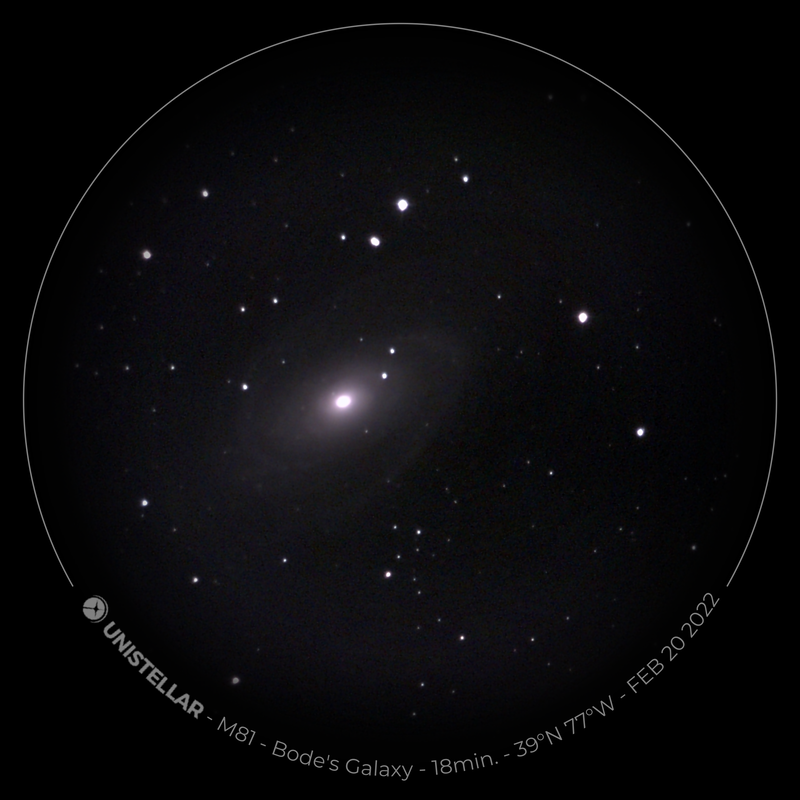
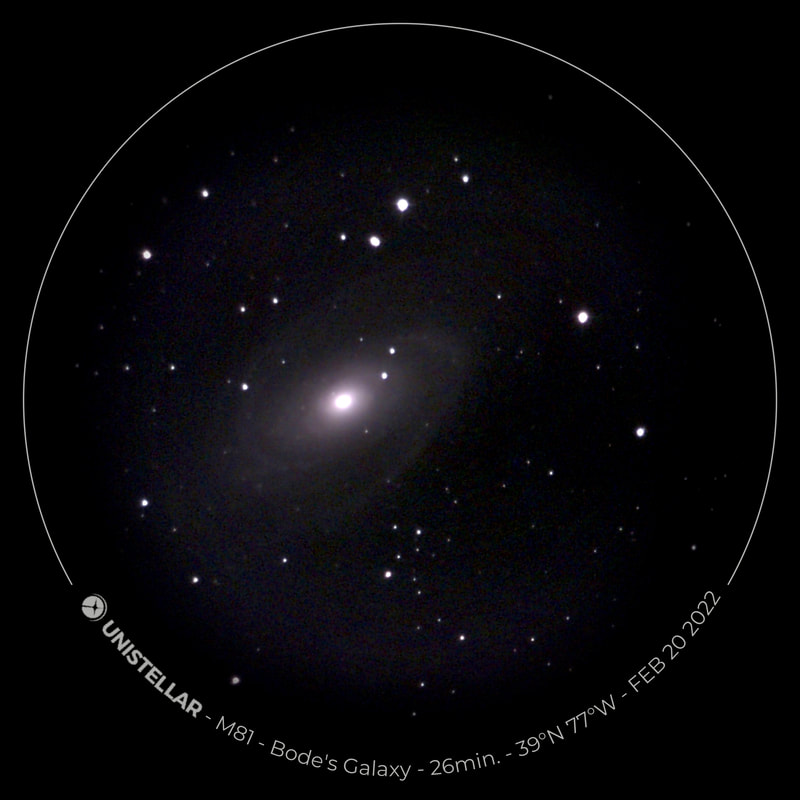

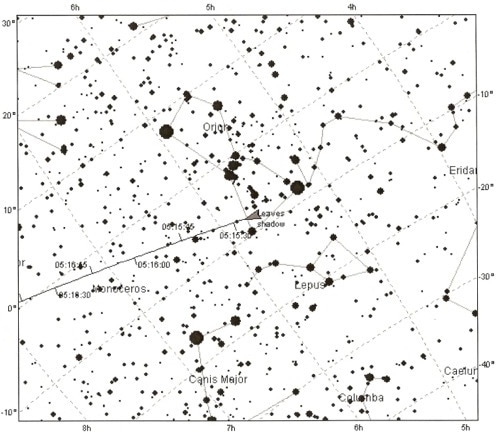
 RSS Feed
RSS Feed